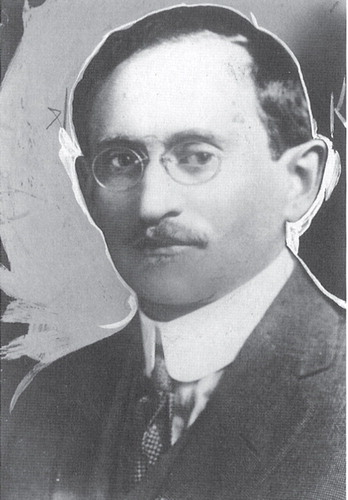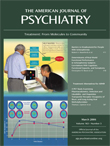Abraham Arden Brill, 1874–1948
A.A. Brill was one of the most influential American psychiatrists of the past century. His efforts and personal views were major factors in the development of psychiatry, psychotherapy, and psychoanalysis in the United States during the century’s first half. Brill left the Eastern European village of his childhood at the age of 14 and came, alone and without resources, to the United States and New York City to seek his fortune. By the time he was 29, he had graduated from the Columbia University College of Physician and Surgeons and then trained in psychiatry and neurology. In 1907, he traveled to Europe to pursue the latest advances in psychiatry and became acquainted with the work of Sigmund Freud. Upon his return to New York City, he began what was the first private practice of psychoanalysis in the United States (1).
Brill became Freud’s first English translator, and Brill’s translations played a major role in the popularization of psychoanalysis in the United States. In 1911, Brill organized a group of 20 physician colleagues to found the first American psychoanalytic organization, the New York Psychoanalytic Society. Brill thought of himself as the father of American psychoanalysis, writing in 1938:
Psychoanalysis was unknown in this country until I introduced it in 1908.…[psychoanalytic terminology], some of which I was the first to coin into English expression, can now be found in all standard English dictionaries. Words like abreaction, transference, repression, displacement, unconscious, which I introduced as Freudian concepts, have been adopted and are used to give new meanings, new values to our knowledge of normal and abnormal behavior. (2)
Throughout his career, Brill was unalterably opposed to the practice of psychoanalysis and psychotherapy by nonphysicians and worked diligently to promote psychoanalysis as a subspecialty of psychiatry. In 1931, he helped to found the New York Psychoanalytic Institute, devoted to training physicians in psychoanalysis. As a result of almost a decade of Brill’s efforts, the American Psychiatric Association established a Section on Psychoanalysis in 1934 with Brill as its first head.
Address correspondence and reprint requests to Dr. Mosher, 6 Woodlawn Ave., Albany, NY 12208; [email protected] (e-mail).

Figure 1.
1. Richards A: AA Brill and the politics of exclusion. Am J Psychoanal 1999; 47:9–28Crossref, Google Scholar
2. Freud S: The Basic Writings of Sigmund Freud. Translated by Brill AA. New York, Random House, 1938Google Scholar



